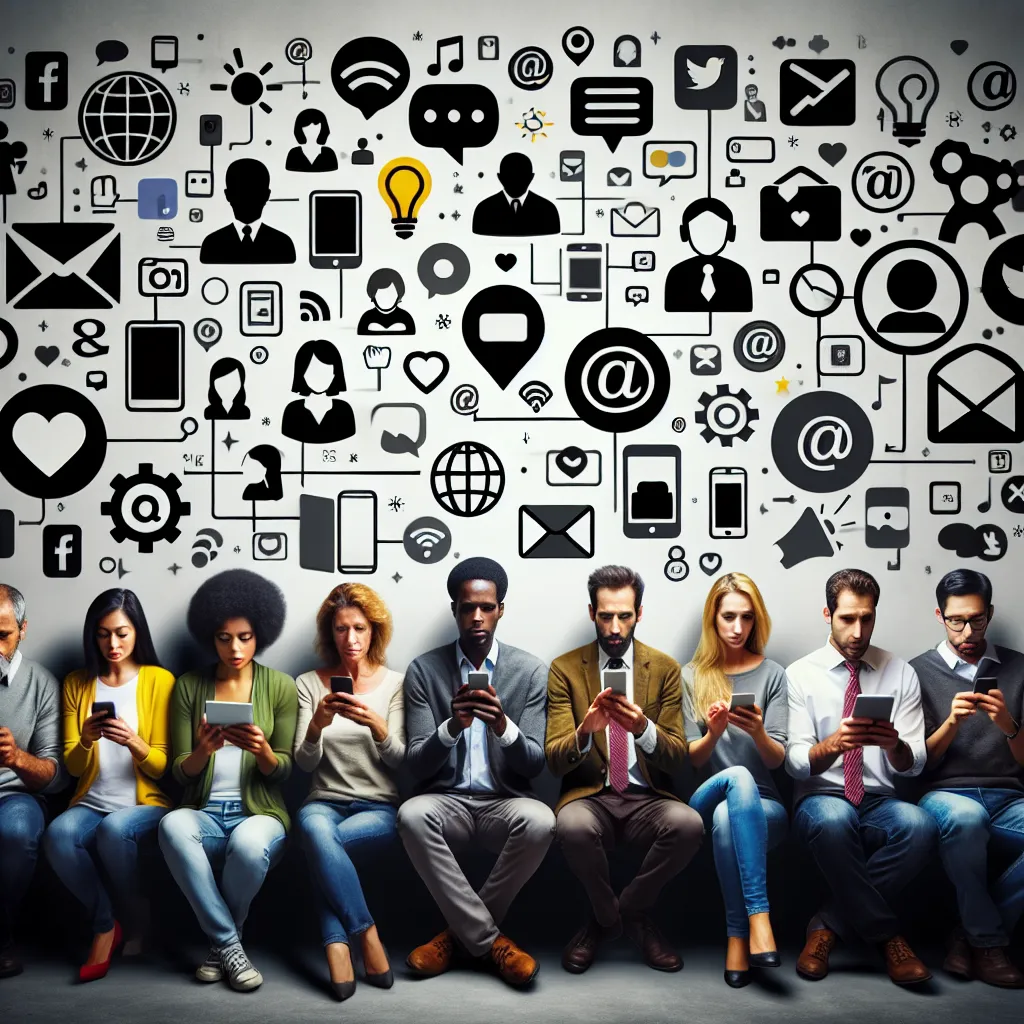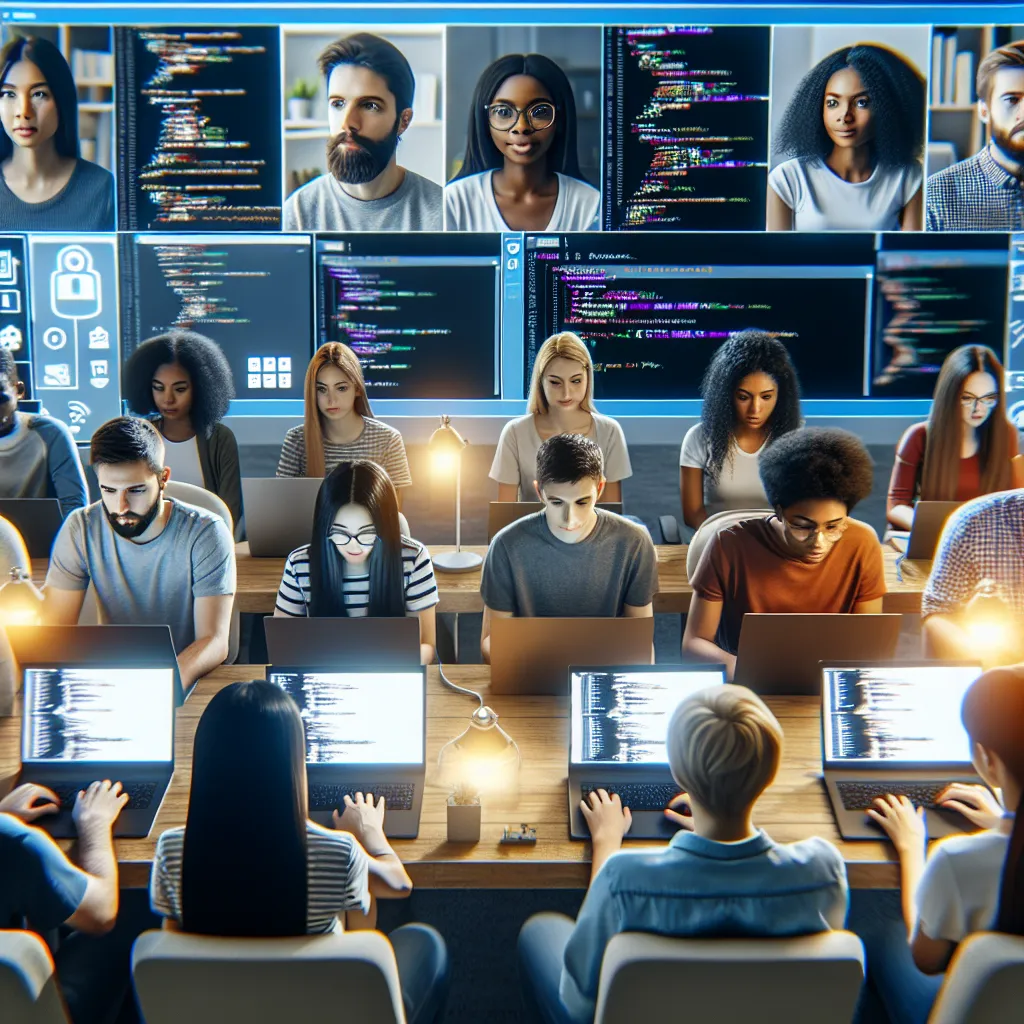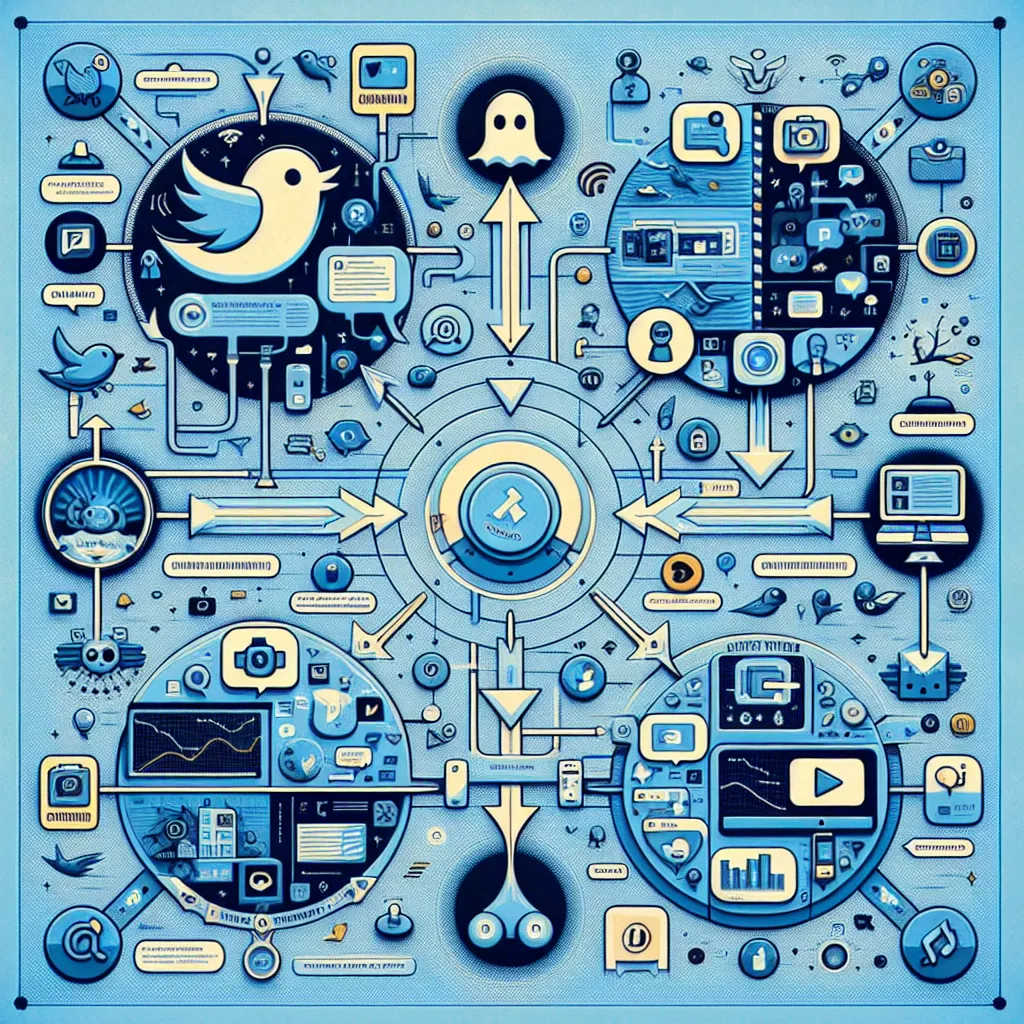The IELTS Reading section is a crucial component of the exam, testing your ability to comprehend complex texts and extract relevant information. Today, we’ll focus on a topic that has become increasingly prevalent in recent years: “The Impact of Social Media on Modern Communication.” This subject has appeared in various forms in past IELTS exams and, given its ongoing relevance, is likely to resurface in future tests.
Nội dung bài viết
Based on our analysis of previous IELTS exams and current trends, we predict a high probability of encountering passages related to social media’s influence on communication in upcoming tests. Let’s dive into a practice exercise to help you prepare for this potential topic.
Practice Exercise
Reading Passage
The Revolution of Social Media in Communication
Social media has fundamentally transformed the landscape of modern communication, reshaping how individuals, businesses, and societies interact and share information. This digital revolution has ushered in an era of unprecedented connectivity, breaking down geographical barriers and enabling real-time global conversations.
The advent of platforms like Facebook, Twitter, and Instagram has democratized content creation and distribution. Unlike traditional media, where information flow was largely unidirectional, social media has created a participatory culture where users are both consumers and producers of content. This shift has empowered individuals to voice their opinions, share experiences, and engage in dialogues on a scale previously unimaginable.
One of the most significant impacts of social media on communication is the speed at which information spreads. News, whether factual or not, can go viral within minutes, reaching millions across the globe. This rapid dissemination has both positive and negative implications. On one hand, it allows for quick mobilization during crises and enables grassroots movements to gain traction. On the other, it facilitates the spread of misinformation and can contribute to information overload.
The way we express ourselves has also evolved with social media. The rise of emoji, memes, and GIFs has introduced new forms of visual communication, often transcending language barriers. These elements add nuance and emotion to digital conversations, compensating for the lack of face-to-face interaction.
For businesses, social media has revolutionized customer engagement and marketing strategies. Companies now have direct channels to interact with their audience, gather feedback, and personalize their messaging. This two-way communication fosters brand loyalty and allows for more agile response to consumer needs.
However, the pervasive nature of social media in modern communication is not without its challenges. Concerns about privacy, data security, and the potential for addiction have sparked debates about the need for digital literacy and responsible usage. The constant connectivity can blur the lines between personal and professional life, leading to issues of work-life balance.
Moreover, the algorithmic nature of social media platforms has led to the creation of echo chambers, where users are primarily exposed to information that aligns with their existing beliefs. This phenomenon can reinforce biases and potentially polarize public opinion on various issues.
Despite these challenges, the impact of social media on modern communication continues to evolve. Emerging technologies like virtual and augmented reality are being integrated into social platforms, promising new dimensions of digital interaction. As we navigate this ever-changing landscape, the ability to critically engage with and leverage these tools will be crucial for effective communication in the 21st century.
 Social media impact on communication
Social media impact on communication
Questions
True/False/Not Given
- Social media has made communication more global and instantaneous.
- Traditional media allowed for more two-way communication than social media.
- The spread of information on social media is always beneficial for society.
- Visual elements like emojis and memes are used to add emotional context to digital messages.
- All businesses have successfully adapted their marketing strategies to social media.
Multiple Choice
-
According to the passage, social media has:
A) Only positive effects on communication
B) Only negative effects on communication
C) Both positive and negative effects on communication
D) No significant effect on communication -
The term “echo chambers” in the passage refers to:
A) Sound recording studios
B) Environments where similar opinions are reinforced
C) Virtual reality spaces
D) Private messaging groups
Matching Headings
Match the following headings to the correct paragraphs in the passage. There are more headings than paragraphs, so you will not use all of them.
- Paragraph 2
- Paragraph 4
- Paragraph 6
Headings:
A) The Speed of Information Sharing
B) Democratization of Content
C) New Forms of Expression
D) Business Applications of Social Media
E) Privacy Concerns in the Digital Age
F) The Future of Social Media Communication
Short Answer Questions
Answer the following questions using NO MORE THAN THREE WORDS from the passage for each answer.
- What type of culture has social media created where users both consume and produce content?
- What two positive outcomes can the rapid spread of information on social media lead to?
- What technology is being integrated into social platforms to create new dimensions of digital interaction?
Answers and Explanations
-
True – The passage states that social media has enabled “real-time global conversations” and broken down “geographical barriers.”
-
False – The passage mentions that traditional media had “largely unidirectional” information flow, while social media created a “participatory culture.”
-
Not Given – The passage discusses both positive and negative implications of rapid information spread but doesn’t state that it’s always beneficial or harmful.
-
True – The text mentions that emojis, memes, and GIFs “add nuance and emotion to digital conversations.”
-
Not Given – While the passage discusses how businesses use social media, it doesn’t state that all businesses have successfully adapted their strategies.
-
C – The passage discusses both positive aspects (like quick mobilization during crises) and negative aspects (like the spread of misinformation) of social media’s impact on communication.
-
B – The passage defines echo chambers as environments “where users are primarily exposed to information that aligns with their existing beliefs.”
-
B – This paragraph discusses how social media has democratized content creation and distribution.
-
C – This paragraph talks about new forms of expression like emojis, memes, and GIFs.
-
E – This paragraph focuses on concerns about privacy and data security in social media usage.
-
Participatory culture
-
Quick mobilization (during crises) and enables grassroots movements
-
Virtual and augmented reality
Common Mistakes to Avoid
-
Overlooking Nuances: Pay attention to qualifiers like “some,” “often,” or “can.” These words can change the meaning of a statement.
-
Making Assumptions: Stick to the information provided in the text. Avoid using your personal knowledge to answer questions.
-
Misinterpreting Not Given: Remember, “Not Given” means the information isn’t stated in the passage, not that it’s false.
-
Failing to Match Word Limits: In short answer questions, adhere strictly to the word limit given.
-
Ignoring Context: Consider the context of the entire paragraph when matching headings or answering questions.
Key Vocabulary
- Democratized (verb): made something accessible to everyone
- Unidirectional (adjective): moving or operating in a single direction
- Dissemination (noun): the act of spreading something, especially information, widely
- Nuance (noun): a subtle difference in meaning, opinion, or attitude
- Pervasive (adjective): spreading widely throughout an area or group of people
- Echo chamber (noun): an environment where a person encounters only beliefs or opinions that coincide with their own
Grammar Focus
Pay attention to the use of present perfect tense in the passage, e.g., “Social media has fundamentally transformed…” This tense is used to describe actions that started in the past and continue to have relevance in the present.
Structure: Subject + have/has + past participle
Examples:
- Social media has changed how we communicate.
- Businesses have adapted their strategies to include social media marketing.
Practice creating your own sentences using this structure to discuss the impact of social media on various aspects of modern life.
Tips for High Scores in IELTS Reading
-
Time Management: Allocate your time wisely. Spend about 20 minutes on each passage in the Reading section.
-
Skim and Scan: Quickly skim the passage for main ideas, then scan for specific information when answering questions.
-
Read Questions First: Familiarize yourself with the questions before reading the passage in detail. This helps you focus on relevant information.
-
Use Context Clues: If you encounter unfamiliar words, try to understand their meaning from the context.
-
Practice Regularly: Consistent practice with various types of texts and question formats is key to improving your reading skills.
-
Stay Calm: If you find a passage difficult, don’t panic. Move on to easier questions and return to challenging ones later if time permits.
Remember, success in IELTS Reading comes from a combination of language skills, test-taking strategies, and familiarity with various topics. Keep practicing and stay informed about current affairs, especially those related to technology and communication, as these are frequent themes in IELTS exams.
For more practice on related topics, check out our articles on the impact of social media on political activism and how social media platforms are shaping modern communication.

